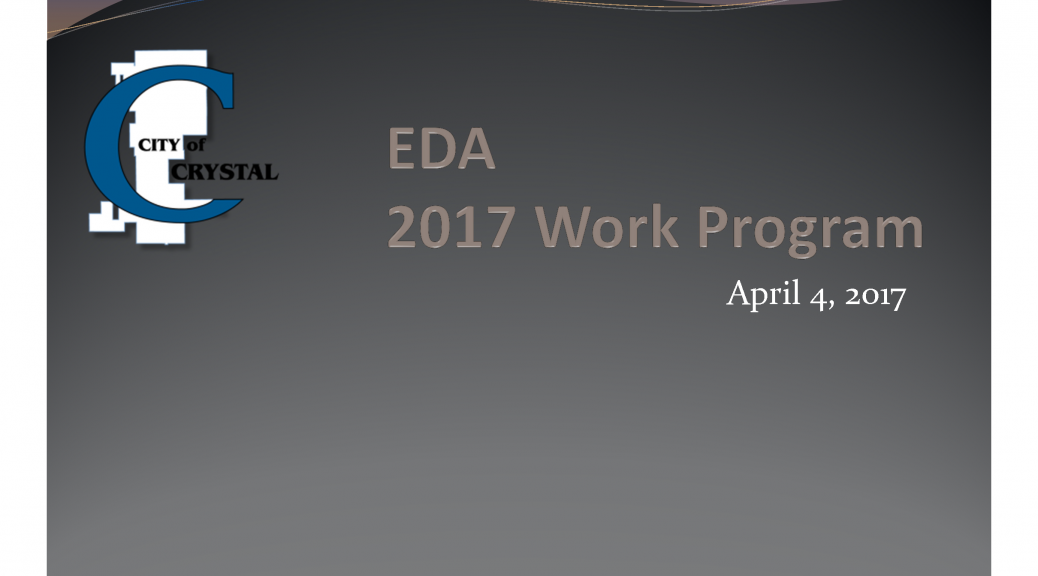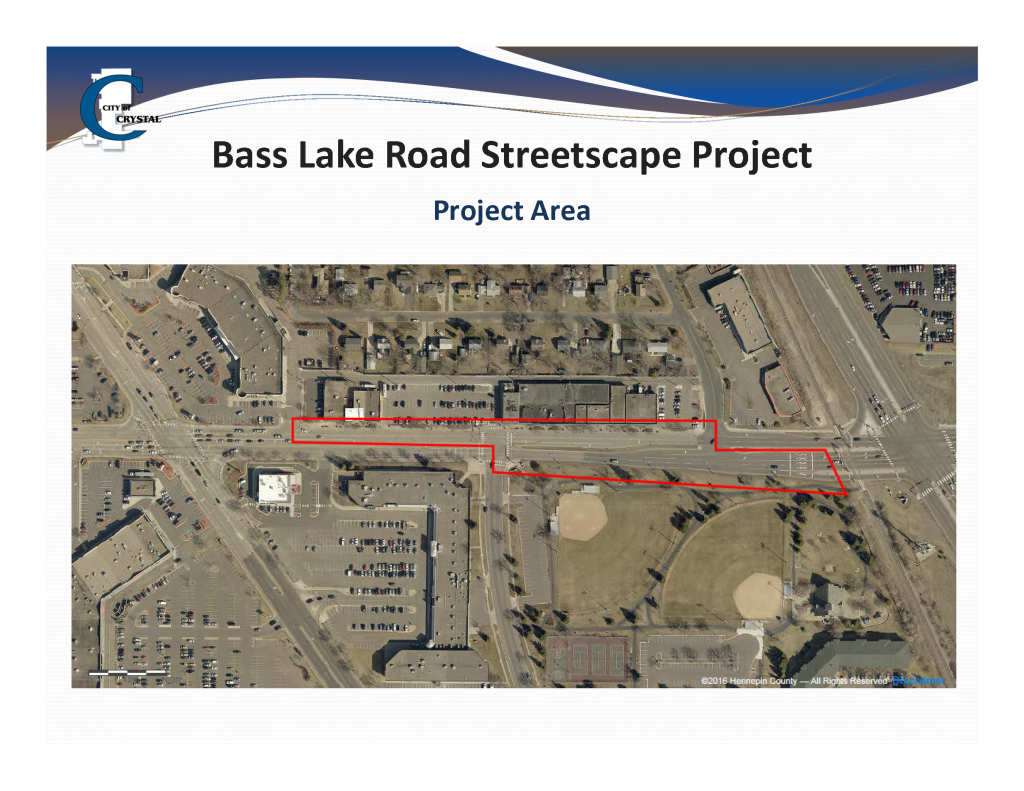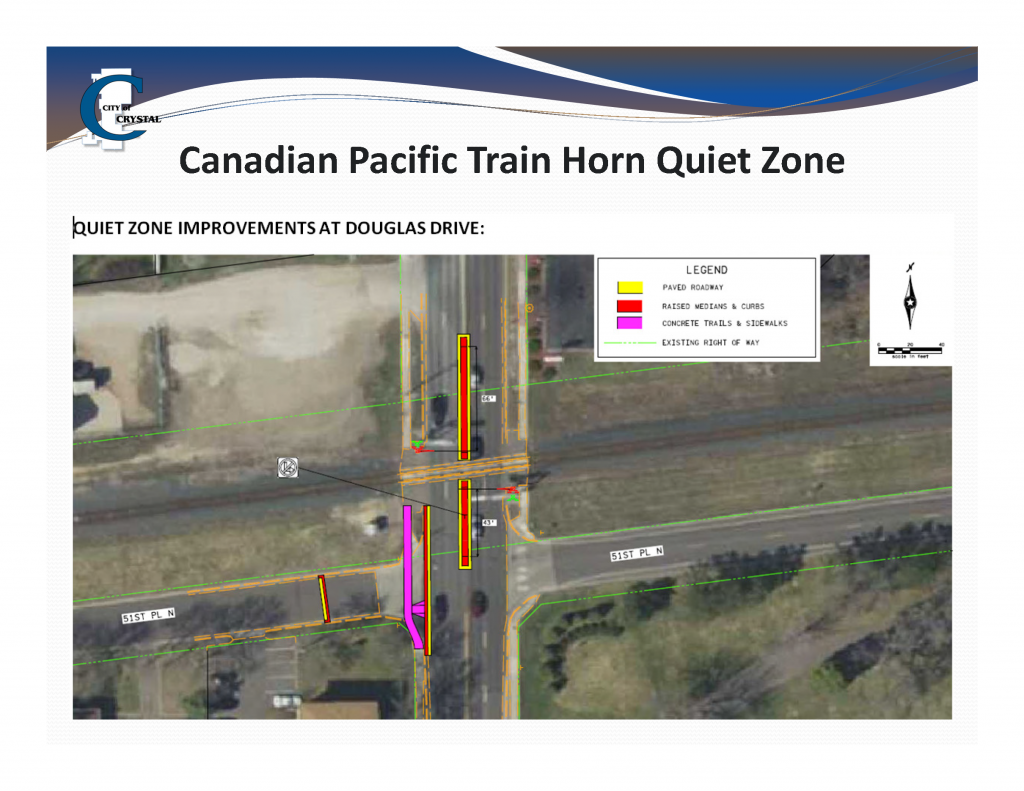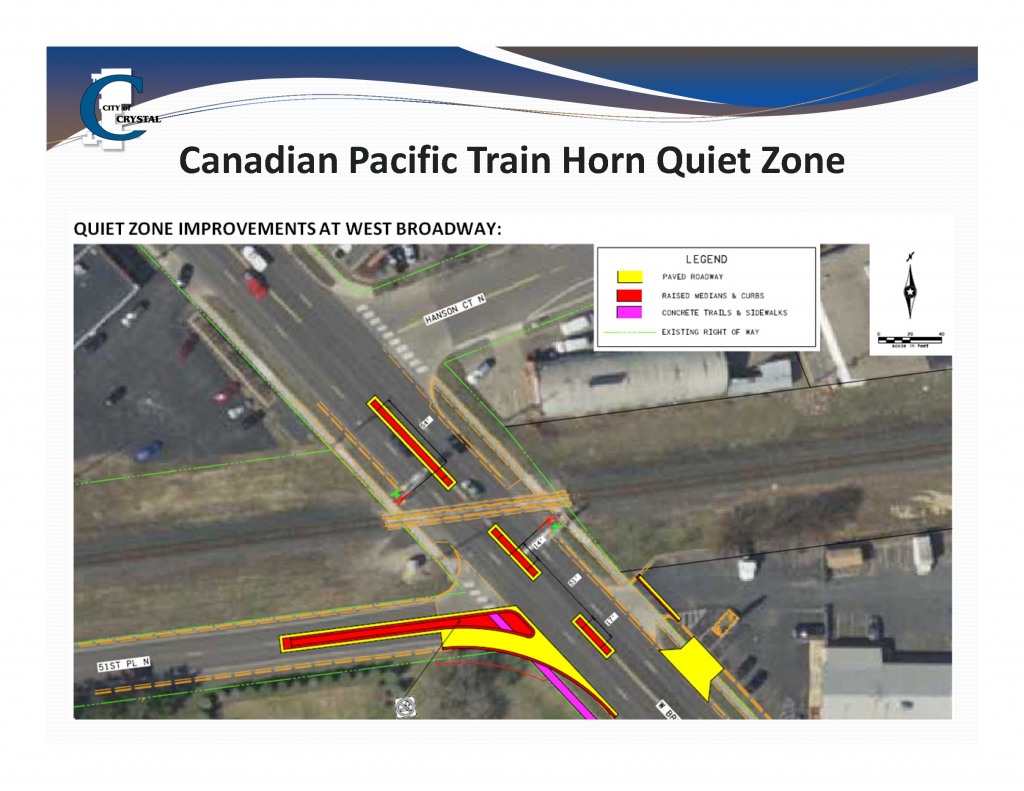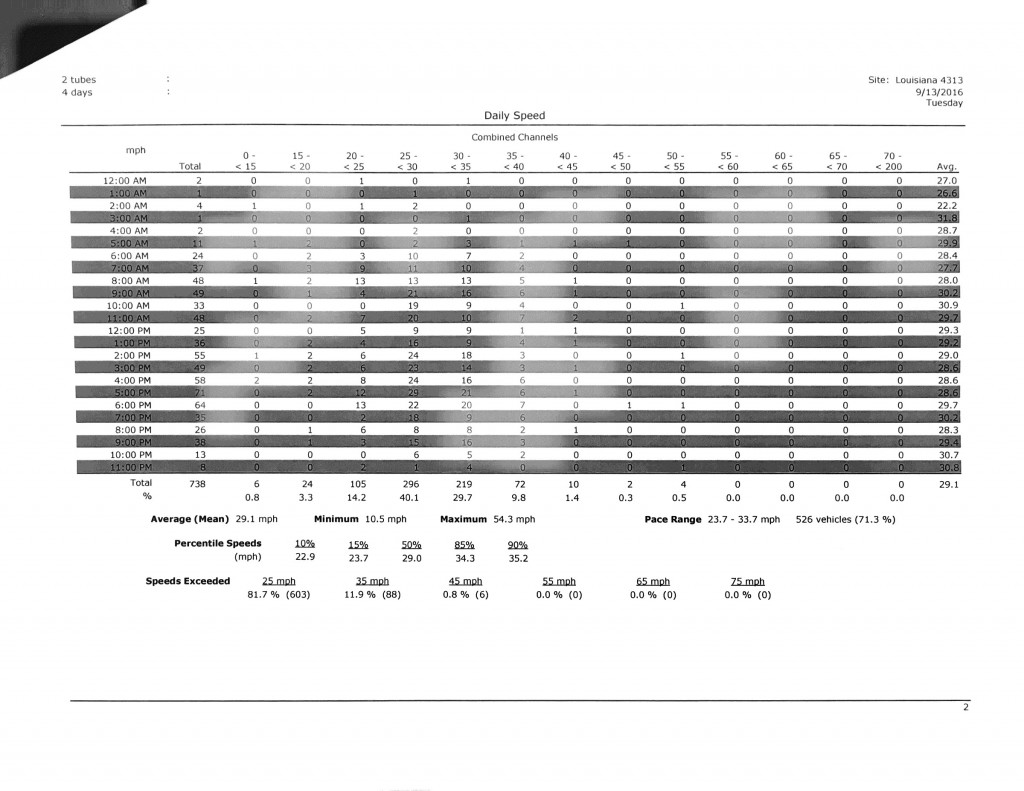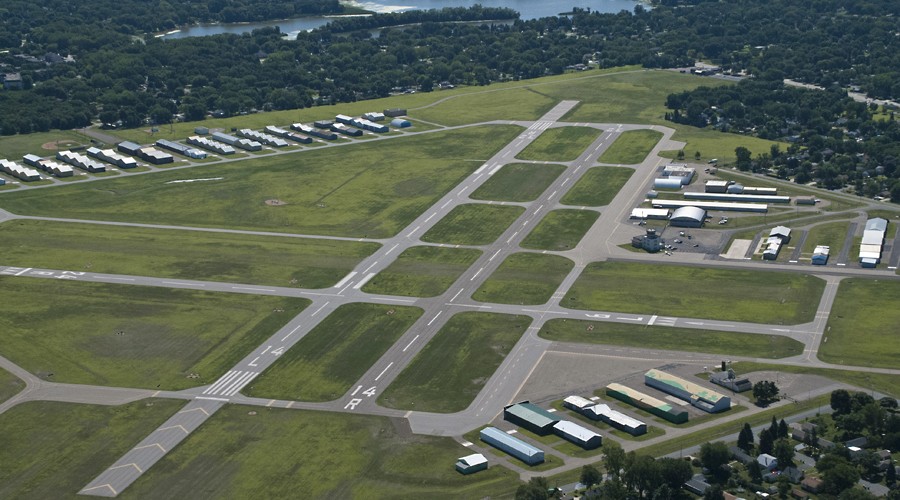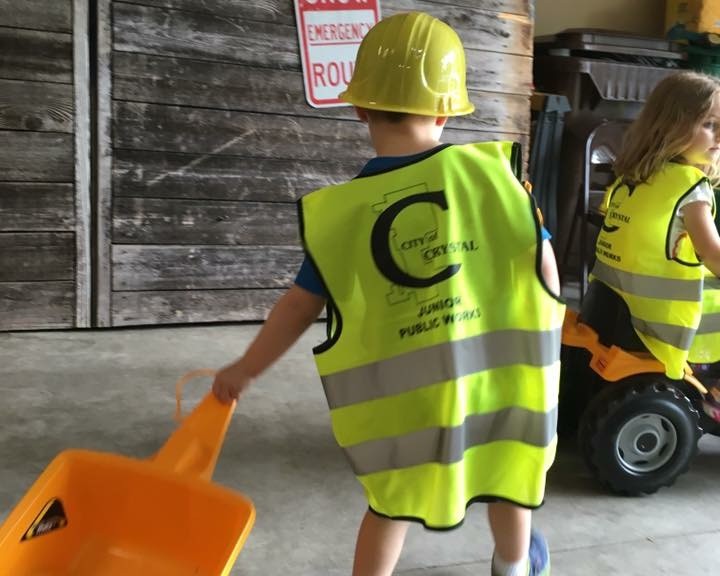Last week, the Blue Line Corridor Management Committee (CMC), which is the committee that oversees the Blue Line Light Rail Project, voted to remove the pedestrian bridge over Highway 81 from the scope of the Blue Line project. The Sun Post’s write-up of the decision is here.
What this means is that, barring a sudden turn of events or reversal of the decision, there will not be a pedestrian bridge built to facilitate safe crossing of highway 81.
This is a disappointing, unacceptable and egregious decision, but one that was not entirely unpredictable.
If you’d like the details on what happened, read on. If you just want to know what you can do about it, skip to the end.
The History
In late 2015 and early 2016 Hennepin County sponsored a few “Station Area Planning” meetings at the Rockford Road Library. Those meetings were well attended by residents of Crystal. The feedback from those meetings was nearly unanimous that residents felt that a bridge would be necessary for crossing 81 if a new train station would be added to the area. The existing intersection is not viewed as safe by local residents, and the addition of the train station was expected to increase pedestrian crossings by a significant amount.
On February 11, 2016 I attended a CMC meeting because our representative (Mayor Jim Adams) and our alternate (council member Olga Parsons) were unavailable. We were readying for the vote on “municipal consent” and the bridge had not been formally added into the scope of the project. I was seeking, on behalf of Crystal, assurance that the bridge would be included in the scope at a later date.
It was explained that to “officially” add the bridge to the scope of the project would not be feasible, because it would require a delay in the project, but that the resolution passed by CMC was more of a technicality/formality. We were assured that the bridge would be “formally” added later- in June.
There was unease among Crystal Council Members about taking the CMC/Met Council at their word. At the February 11 meeting we negotiated language that I felt the city council would accept. You can see that reflected in the minutes here.
At the February 29 Crystal City Council meeting, the council debated granting municipal consent to the Blue Line project.
Much of the discussion about municipal consent centered around our unease with the items that were not “formally” in scope- the pedestrian bridge, and visual and sound screening along the route.
We ultimately chose not to affirm or deny municipal consent, but rather allow the plans to be “deemed approved” as allowed for in MN law. You can read a recap of that decision here. The bottom line is that nobody felt comfortable affirmatively approving plans that were, in our eyes, incomplete.
The resolution we passed was unambiguous about our position on the bridge being a required part of the project, and that Crystal would not be assuming costs for maintenance of the bridge, as it is a part of the project. If LRT were not being built, the bridge would not be necessary.
Over the next few months the Crystal City Council continued working with Metro Transit on options for the pedestrian bridge. We had many design meetings, and even recently took a tour of other pedestrian bridges in the area.
The city council was split, but generally in favor of a bridge design that featured elevators, because of the challenging topography of the area, and the tight fit of the bridge in the area. The Met Council preferred a design with no elevators, which would cost more but be less functional.
A few hours before the July 7 2016 CMC meeting, the Blue Line Project Office (Met Council) made a surprise recommendation that the maintenance and ownership of the bridge would fall on the city, in what appeared to be a negotiation tactic to get Crystal to drop the requirement for elevators. It worked.
Negotiations continued for a few days, and on July 19, the Blue Line Project Office, representing Metro Transit, and Crystal agreed that the bridge would not include elevators, Metro Transit would own and operate the bridge, and Crystal would be responsible for snow removal.
We had a deal.
Two days later the CMC voted to remove the pedestrian bridge from the scope of the project entirely, and the bridge was killed. Hennepin County Commissioner Mike Opat, who represents the citizens who initially requested the bridge, spoke against it. The vote was a simple voice vote. There was no roll call. There will be no record of who voted to kill the bridge. There will be no accountability.
I don’t know any other way to put it- we were played. And we were played by people who are better at this game than we are. So we lost.
The Crystal City Council, and the Crystal City Staff did, in my opinion, everything we could possibly do to fight to represent our residents, but at the end of the day someone else decided we didn’t need a bridge so now we don’t get one.
As I said above, this action was disappointing, unacceptable and egregious, but not unpredictable.
I was always uneasy with being told to just trust that the Met Council, Hennepin County, and the rest of the CMC would keep their word. I always knew this was a likely outcome. I would have liked to been proven wrong. There’s zero satisfaction in being right.
I hope there is never an instance where someone is hurt or killed while trying to cross 8 lanes of busy traffic as they rush to catch a train. But the CMC and your County Commissioner decided that $7.5 million out of a total project cost of $1.5 billion (roughly 0.5%) was too much, and they would rather risk it.
What Can You Do?
I won’t sugarcoat it. Likely nothing. The City Council and Staff are exploring all potential options, but it’s unlikely that when the full Met Council votes on the scope they will do anything but take the CMC’s recommendation.
You could try contacting Mike Opat, Hennepin County Commissioner at 612-348-7881 or mike.opat@hennepin.us
and let him know that you are unhappy with his support of removing the bridge from the scope. If he were to change his mind and represent the wishes of his constituents, that would likely help.
You could also try contacting your Met Council representative Gail Dorfman at 612.998.5214 or gail.dorfman@metc.state.mn.us
I should note that Ms. Dorfman is not a CMC member and she didn’t vote on the removal of the bridge. She will get a vote when the full Met Council votes later this year.
